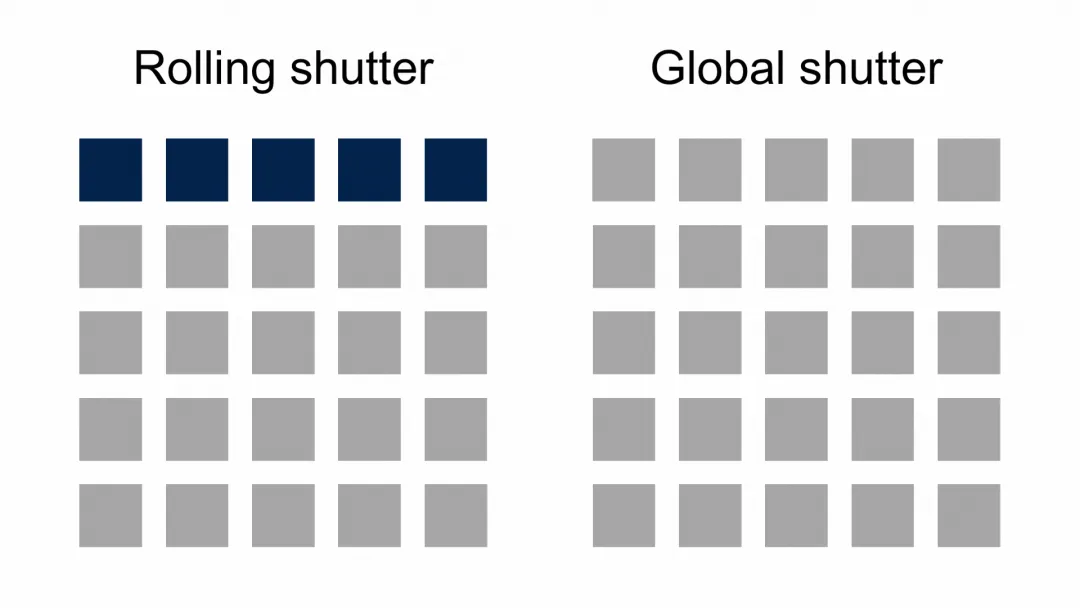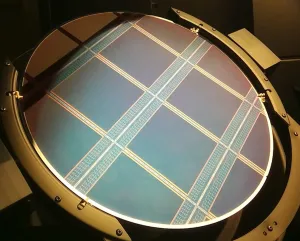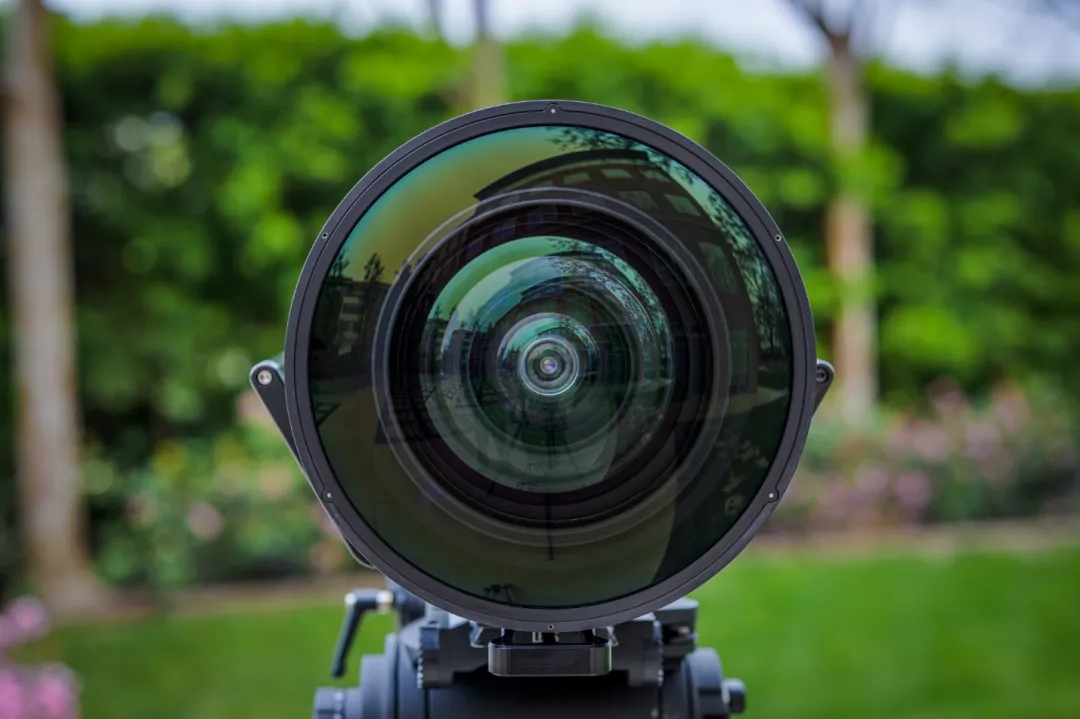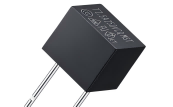Can you imagine such a movie watching experience? The screen has completely disappeared, and the audience is directly at the center of the movie story. Now, this immersive viewing experience has become a reality within the spherical theater of the new generation entertainment media Sphere in Las Vegas. In this 366 foot high and 516 foot wide spherical theater, a 16K x 16K resolution LED display surrounds the audience and extends upwards to the ceiling, making it the highest resolution LED screen in the world.
In order to achieve ultra-high resolution visual effects on Sphere screens, the Sphere team has developed a dedicated camera system called Big Sky. Sphere and STMicroelectronics have collaborated to develop a customized 316 million pixel image sensor for the Big Sky camera system, providing viewers with an unparalleled viewing experience.
This article will explore the technical details behind ST customized image sensors and Sphere's Big Sky camera system, as well as their impact on the future of cinema.
Image sensors are composed of millions of tiny photosensitive elements (pixels) that can capture light (photons) and convert it into electrical signals (electrons). These photosensitive elements are crucial for capturing digital images, but they are only one link in the camera system. Each camera focuses light onto an image sensor through its lens, converts it into raw digital information, and then processes and analyzes the image data through a processor (such as a dedicated image processor or application processor). The final step is the image output interface, which converts the image data output by the processing unit into a format suitable for display on the device or for further analysis.

▲Camera components
Image sensors can be roughly divided into two categories:
Monochrome image sensor and color image sensor: Monochrome sensors depict the world in black and white, while color sensors use the three primary colors of red, green, and blue (RGB) pixels to capture images in a way similar to the human eye.
In addition to these two standard sensor structures, there are more advanced "multispectral" image sensors that can distinguish multiple spectral ranges, not just recognizing differences in the classic RGB primary colors.
Global shutter and rolling shutter image sensors: The global shutter sensor simultaneously exposes all pixels. After exposure, each pixel temporarily stores the information in the cache and then reads out the image information in sequence. In the rolling shutter sensor, there is no buffer for pixels, so images must be captured line by line.

▲The functions of rolling shutter and global shutter image sensors
An image sensor is a component that captures light and determines the final image quality. High quality sensors can capture various light and dark areas (high dynamic range HDR). In brightly lit environments, high-quality sensors have both high saturation ability to collect a large amount of light and the ability to capture images with short exposure times. This trait can avoid image saturation and large white spots.
Under low light conditions, sensitivity and dark noise are important factors affecting imaging quality. HDR image sensors must make full use of low brightness light while minimizing dark noise to avoid drowning out the light signals captured by the sensor. Finally, high-quality images rely on advanced pixel technology, as these techniques ensure image consistency, no corner shadows, and excellent clarity.
Development Trends
The future of image sensors lies in breaking through technological limitations. Manufacturers are constantly pursuing better image quality, higher resolution, and lower power consumption. From ultra realistic virtual reality experiences to smarter robots and medical devices, advanced image sensors will unlock more innovative applications.
Both the human eye and the camera can capture images, but their shooting abilities differ in certain aspects. Although the size and technology of camera image sensors vary, most can provide high resolution and precise details, while the human eye excels in dynamic range and can easily adapt to different lighting conditions. Whether in bright lighting conditions or in dimly lit shadow environments, the human eye can perceive image details, and it is difficult for cameras to replicate this ability of the human eye. In addition, the human eye has a wider field of view and can quickly adapt to constantly changing lighting conditions, providing a more immersive and detailed visual experience. Despite significant advancements in camera technology, the human eye remains a marvel of bioengineering, unparalleled in versatility and sensitivity. In order to capture images comparable to the human eye, STMicroelectronics utilizes advanced imaging technology, combined with excellent dynamic range and low noise, to capture high contrast images under any lighting conditions.
Collaboration History
In 2020, Forza Silicon introduced ST to Sphere Entertainment. Forza Silicon is a chip design company that has been collaborating with ST since 2012. Forza Silicon has the design capability for overall solutions, and ST is a strategic foundry partner for CMOS image sensors. In 2021, the Sphere team visited ST's Kroll factory in France, and since then, the two parties have been working together.

▲Sphere Sensor wafer
( picture source © Sphere Entertainment Co.)
ST has developed a CMOS image sensor for Big Sky with a resolution of 316 million pixels and a pixel pitch of 4.3 microns, capable of outputting smooth and detailed images at a frame rate of 120fps. The bare chip size of this sensor is equivalent to a 12 inch (300mm) wafer with 4 bare chips, with an excellent 87dB dynamic range that can capture subtle changes in illuminated and shaded areas. Coupled with an RGB color micro lens filter array, it can accurately present colors. This sensor adopts ST's proprietary back illuminated image sensor manufacturing process, representing a breakthrough in redefining entertainment and film photography standards for imaging technology.
This camera system has many impressive advanced features, such as a giant fisheye lens with a diameter of nearly 1 foot (30 centimeters) that can capture wide angle photos, as well as smaller and more portable fisheye lenses. In addition, ST has optimized the performance of the image sensor for the Sphere spherical theater's large screen by using larger pixels to enhance light capture and detail preservation capabilities, ensuring unparalleled image quality.

▲Big Sky camera system using ST customized sensors
(picture source © Sphere Entertainment Co.)
The Big Sky camera system using Sphere CMOS image sensors has completely changed the way movies are made, replacing a complex 8K camera array with just a portable camera with a 165 degree field of view. Sphere's camera system design saves several days of editing time, with remote control and camera fiber optic connectivity capabilities. Each 32TB SSD dual hard drive can effectively store 17 minutes of uncompressed 60fps video. This system not only simplifies the film production process, but also improves the creative process through integrated video editing tools.
Postcards from Earth "is the first film shot using the Big Sky camera system and is also part of the Sphere experience. This movie premiered on October 6, 2023 at the Sphere Theatre in Las Vegas. This movie is directed by Oscar nominated Darren Aronofsky and exclusively screened on a 160000 square foot (15000 square meter) circular screen at the Sphere Dome in Las Vegas. Using Big Sky camera system technology, it takes viewers across seven continents, deep into the ocean, over mountains, and into the eye of the storm. The production team is able to capture seamless panoramic videos of various landscapes on Earth through the Big Sky camera system.
With the support of STMicroelectronics' 316 million pixel image sensor, the Big Sky camera system specially designed for the Sphere spherical theater will become an important turning point in the history of cinema, and is expected to usher in a new era of cinema.





